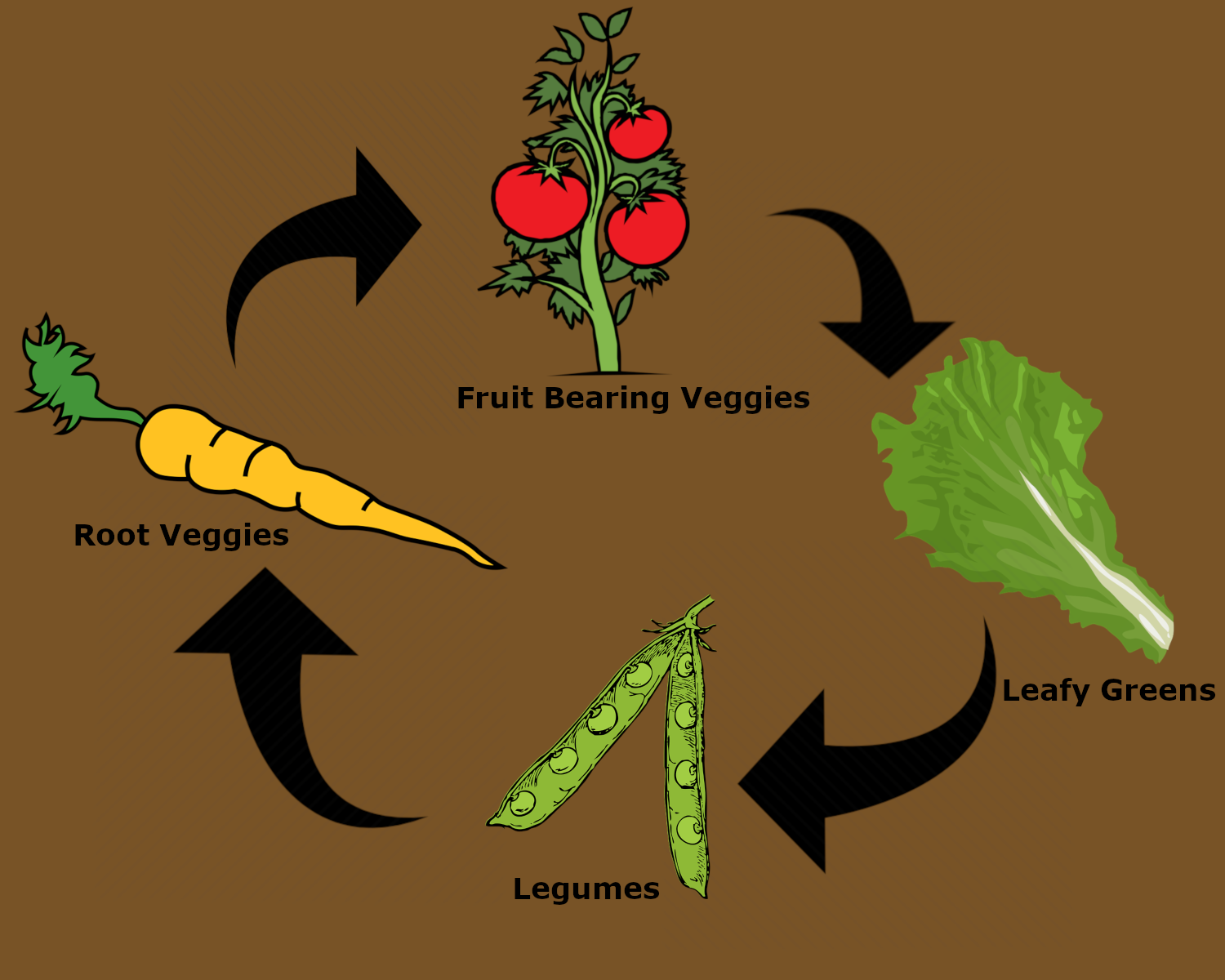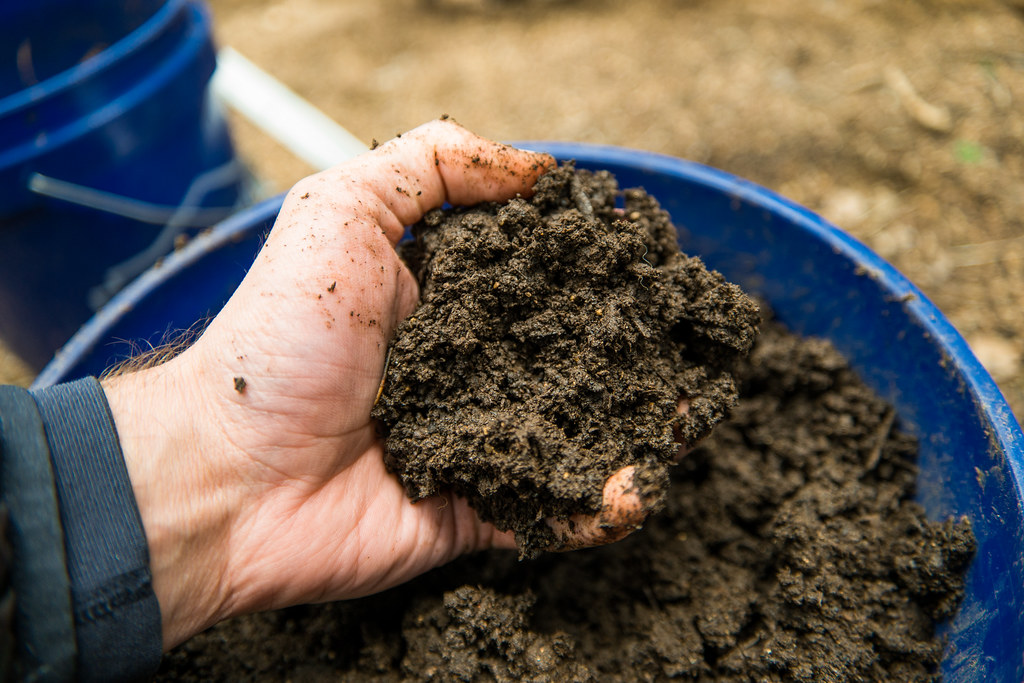Your Garden’s Soil: pH levels, amendments, and good practices for keeping your soil healthy
Veggies and flowers grow well in much of Iowa’s soil. But sometimes, the soil could use a little help. Whether it’s natural clay deposits or years of plant growth eating up nutrients, there are a few things you can do to improve soil quality for your plants.
Tilling and Rotating
Two of the most basic things you can do for your soil are to till it and if it’s a vegetable garden, rotate crops.
Tilling
Tilling can be done with or without soil amendments to improve nutrient stores and balance pH levels (more on this later). This is especially true of clay-heavy soils which should be tilled with good compost and dirt to make them more suitable for planting.
Till your soil when it’s dry and doesn’t clump from moisture, which tends to be in the fall. Cool temperatures and the time of year allow nutrients to mix and settle into the soil over the winter, and then seep in deeper when the ground thaws in the spring.
Rotating
Another practice for improving soil quality, aside from amendments, is to rotate your vegetables. Different veggies interact with the soil in different ways. Some take up lots of nutrients, some a little, and some can actually help increase nutrients in the soil.
If you have multiple beds, you can rotate which vegetables you plant in which beds; if you only have one, try rotating within your bed.

The best cycle moves from fruit-bearing veggies -> leafy greens (lettuce, herbs, cabbage, etc.) -> legumes -> roots and back to fruit-bearing veggies.
Soil Testing
Besides basic tilling, if you want to seriously improve the quality of your soil you need to know what it’s deficient in. That means you’ll have to test your soil, starting with its pH level.
Most plants grow within a certain range of soil acidity, 6.0-7.0, some plants liking slightly more acidic or basic soils. You can test your soil’s pH using a store-bought kit, or using home ingredients.
Home tests will give you a general indication of the acidity of your soil, while store-bought kits give you more exact pH level and sometimes additional info such as the levels of phosphorus and potassium.
For most home gardeners though, pH is the greatest factor in soil health, because pH levels determine which soil amendments to use.
Soil Amendments
So, what is a soil amendment? A soil amendment is anything you add to your existing soil with the aim of bettering it for plant growth. There are soil amendments for adjusting pH levels and for increasing nutrients.
Lime
Most vegetables grow in slightly acidic soil, but if it’s too acidic plants can’t absorb the nutrients in the soil. One way to neutralize overly acidic soil is to add lime, as in limestone. Most soil in Iowa doesn’t need lime, but if yours does, you can often find it at your local gardening store.
To determine how much lime to add, use the online calculator from the National Gardening Association. Other than that, the only other info you need, besides a rough current pH, is the composition of your soil. Examples of composition include your soil being more sandy, loamy, or clayey.
Increasing acidity
Some plants need slightly more acidic soil to thrive, such as blueberries and rhododendrons. If you need to increase acidity, the best way is through mixing organic matter such as evergreen needles or oak-leaf mold into your soil. The only drawback to using organic matter to increase acidity is that it takes time, often a few years of composting and tilling until it affects the soil.
For a quick solution, you can add common sulfur, ferrous sulfate, or aluminum sulfate. Again, a local gardening store is your best bet to pick up a sulfur additive for your soil. The National Gardening Association provides a calculator for this as well.
Increasing Nutrient Content
The most common amendments for soil aren’t for adjusting pH levels, which are pretty good in Iowa, they’re for adding nutrients to your soil. Especially if you are growing flowers and vegetables year after year, replenishing your soil’s nutrients is important and relatively easy through a few amendments.
In general, organic matter is the name of the game for increasing nitrogen and other nutrients in your soil. Gardening fertilizer is a simple and easy way but we advise you to be careful about what you buy and the directions that come with store-bought fertilizer. Because they’re effective, they are easy to overuse and end up with excess nitrogen in your soil — which is also detrimental to plants.
Dry and crushed animal manures are a good source of nutrients to add to your soil, and compost is another easy organic method if you have space in your yard to keep a composting pile or bin.
Conclusion
There is a lot you can do to help your soil, especially for annual plants and garden crops. Till the soil with organic matter, then test and adjust it’s pH if things really aren’t working out. Adding compost is a great way to be eco-friendly and increase nutrients, but store-bought fertilizers can also work if you have less time to spend maintaining a compost pile.

